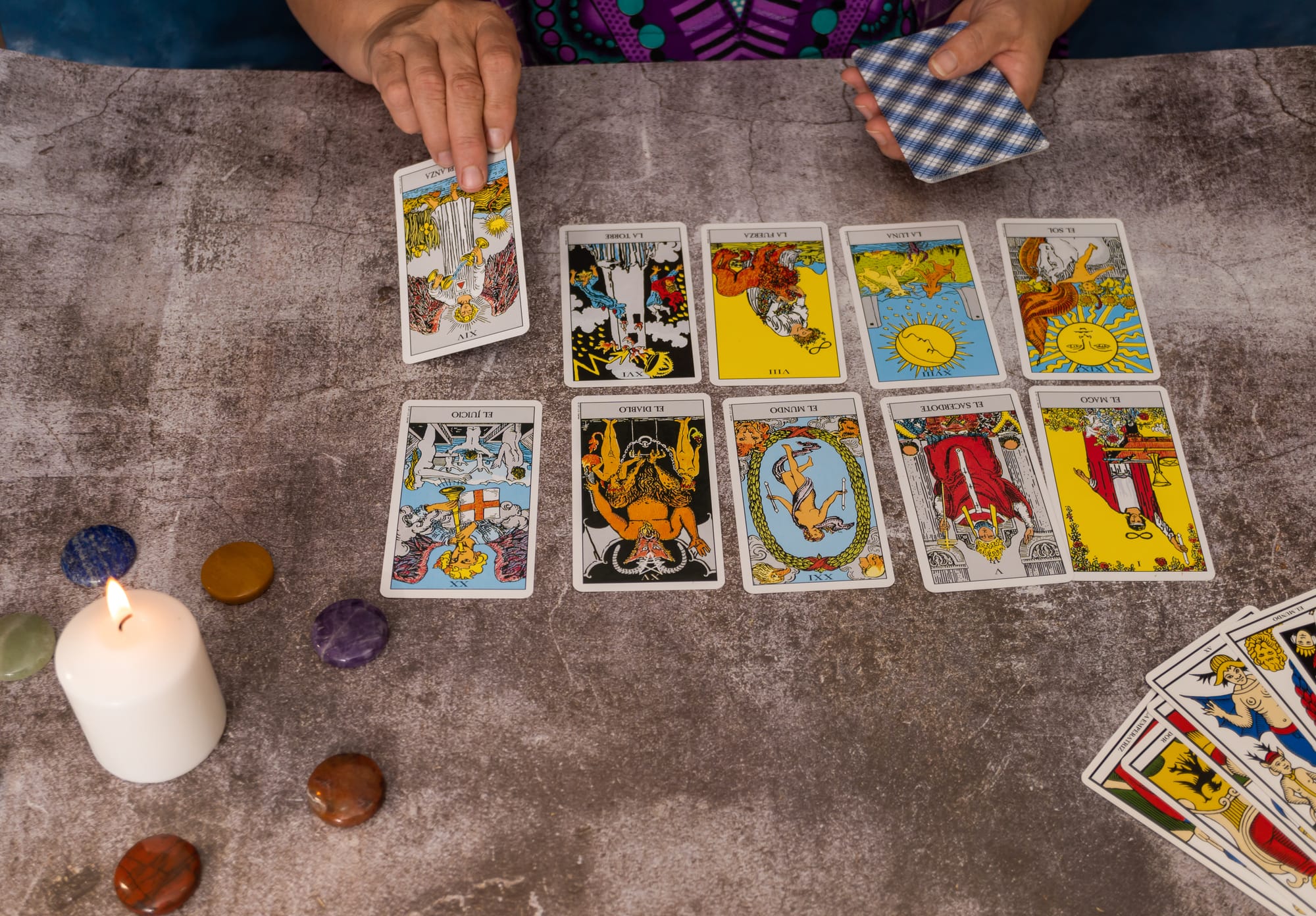The Origins of Tarot

Introduction
Tarot cards are a form of divination that has intrigued and mystified humanity for centuries. Originating from uncertain beginnings, these cards have evolved from simple playing games to complex tools for psychological insight and mysticism. The study of the origins of Tarot is not only a pursuit of historical fact but also an exploration of the cultural and spiritual tapestry of human society. This article aims to consolidate historical and scholarly perspectives to shed light on the genesis and development of Tarot cards.
Methodology
Our approach to exploring the origins of Tarot involves a historical analysis incorporating various sources, including academic journals, historical texts, and expert opinions. By cross-referencing the evidence from different time periods and regions, we aim to construct a credible narrative of Tarot's evolution. Additionally, we critically assess the veracity of the interpretations and conclusions drawn from the available materials to provide an objective summarization of the research findings.
Results
Early References and Transition
- The earliest known tarot decks originated in the 15th century in Europe, most notably Italy, France, and Austria.
- Originally, these were hand-painted decks created for noble families for leisurely games such as Italian tarocchini, French tarot, and the Austrian Königrufen.
- Earlier versions of playing cards can be traced to the Islamic societies where the concept of ordered suits probably emerged first.
- Some evidence suggests the possible influence of ancient Egyptian wisdom and the Kabbalah, although these connections are speculative and not extensively substantiated by material findings.
- Throughout the Renaissance, the symbolism in tarot cards started to evolve, integrating astrological, numerological, and alchemical imagery.
- In the 18th century, tarot took a metaphysical turn, with figures like Antoine Court de Gébelin and Jean-Baptiste Alliette (Etteilla) asserting that the cards held deeper esoteric meanings related to ancient Egyptian and mystical wisdom.
Standardization and Widespread Use
- By the 19th century, tarot decks became more standardized, notably through the works of the French occultist Eliphas Lévi and later the Rider-Waite-Smith deck created by A. E. Waite and Pamela Colman Smith.
- This era saw the transition of tarot from playful pastimes and courtly entertainment to a more serious tool for divination and personal growth.
- The imagery began to be consistent with the emergence of iconic tarot symbols such as The Fool, Death, and The Lovers being introduced and solidified within the collective consciousness.
Contemporary Tarot and Cultural Impact
- Today, tarot cards are available worldwide, with hundreds of variations that reflect different artistic, cultural, and thematic representations.
- The tarot's function has also expanded from divination to support psychological practices, such as in Jungian psychoanalysis which uses tarot imagery as reflections of the archetypes of the human experience.
- Modern practitioners often view tarot as a tool for introspection and guidance rather than an occult system of absolute prediction.
Discussion
The origins of the tarot are shrouded in mystery and likely to remain the subject of debate. While the factual journey of the cards from playing instruments to divinatory tools is relatively well-documented, the connections to ancient cultures and external esoteric systems are largely speculative and anecdotal.
What can be affirmed is the adaptability and the rich symbolic nature of tarot cards that enable them to persist through cultural and historical shifts over the centuries. Their migration from aristocratic entertainment to common folk's guidance suggests an inherent appeal to the human psyche and its quest for understanding life's deeper meanings and complexities.
The transformation of tarot can also be seen as reflecting changes in societal and cultural perspectives on spirituality and the occult. From the shadows of heresy and the obscure, tarot has ventured into a more enlightened view where spirituality and psychology intersect.
The supposed connections to civilizations such as the ancient Egyptians or the mystical traditions of the Kabbalah hinge more on the tarot's ability to inspire narrative and symbolic resonance rather than concrete historical truths. These aspects cater to the human desire for storytelling and finding universal truths in specific constructs.
Furthermore, the standardization in the 19th century and the subsequent integration of tarot into various psychological and personal development methodologies highlights its evolution into an instrument that is shaped continually by human consciousness and the context in which it exists.
Lastly, the persistent interest in tarot and its appropriation into modern digital forms suggests that the tarot's narrative will continue to evolve. While the roots of tarot might remain partially obscured by the sands of time, its branches and leaves are ever-growing, showing the cards' ability to survive and thrive within changing human paradigms.
Conclusion
While there are extensive materials and research to draw from concerning the timeline and evolution of Tarot cards, their precise origins remain partially speculative. What emerges from the investigation is the remarkable durability and adaptability of Tarot as a cultural artifact. Starting as playing cards in medieval Europe and transforming over the centuries into a profound tool for spiritual and psychological explorations, the history of Tarot is as multi-layered and complex as the images and archetypes depicted on the cards themselves. Future investigations may unearth further historical insights or contexts, but it's clear that the Tarot has, and continues to be, a significant and symbolic reflection of human endeavor to find meaning and insight amidst the weave of fate and free will. If you are interested in a Tarot Reading, please review under Services. Would love to have the opportunity to do a reading. Joni